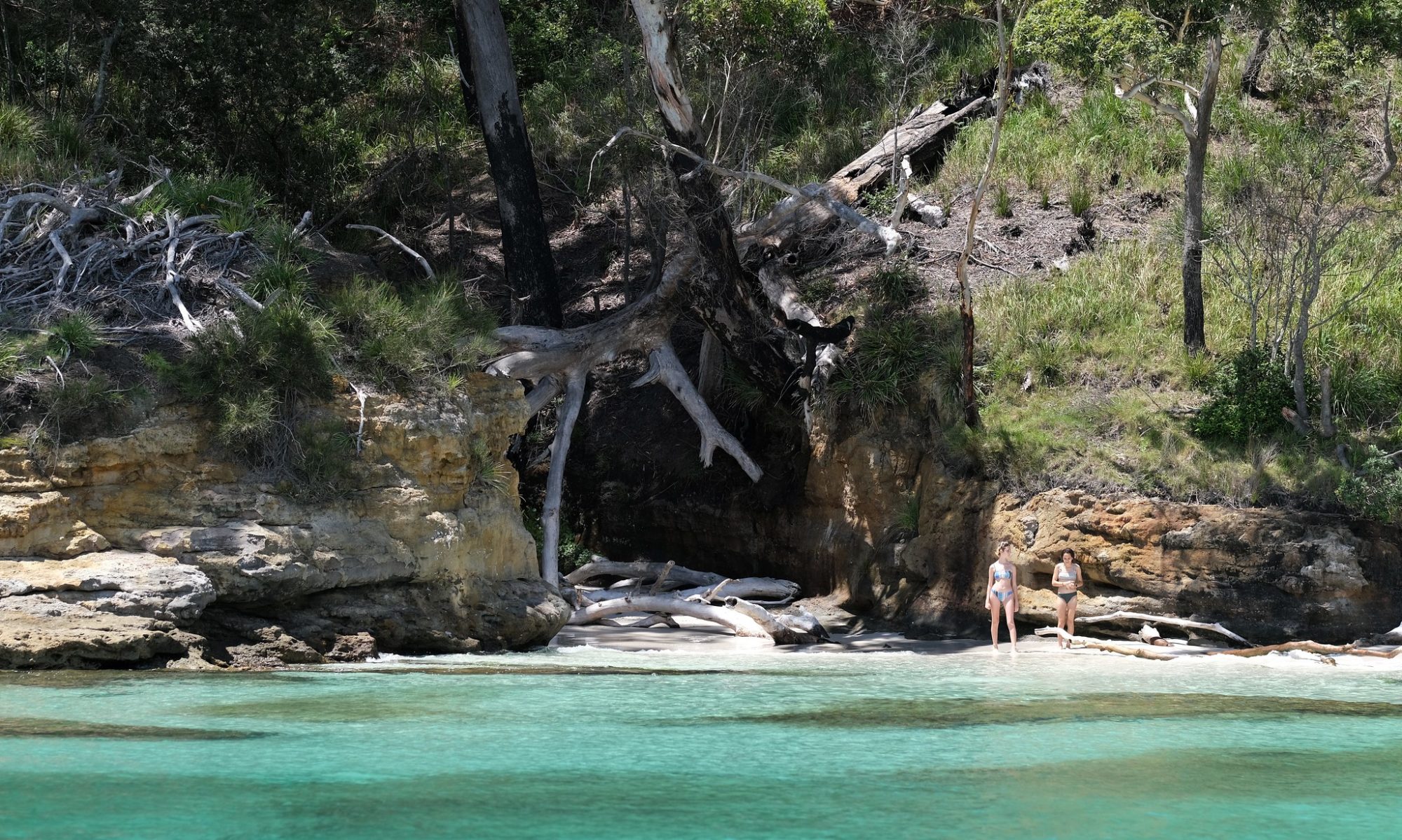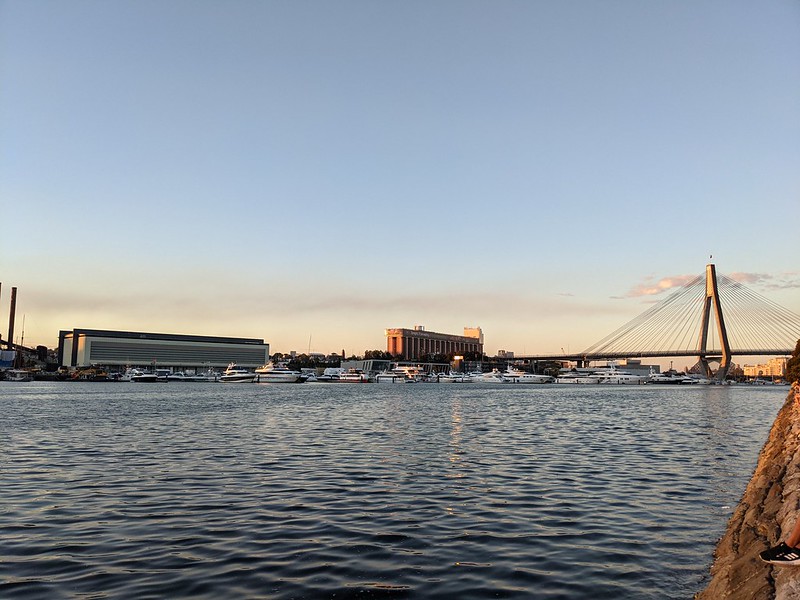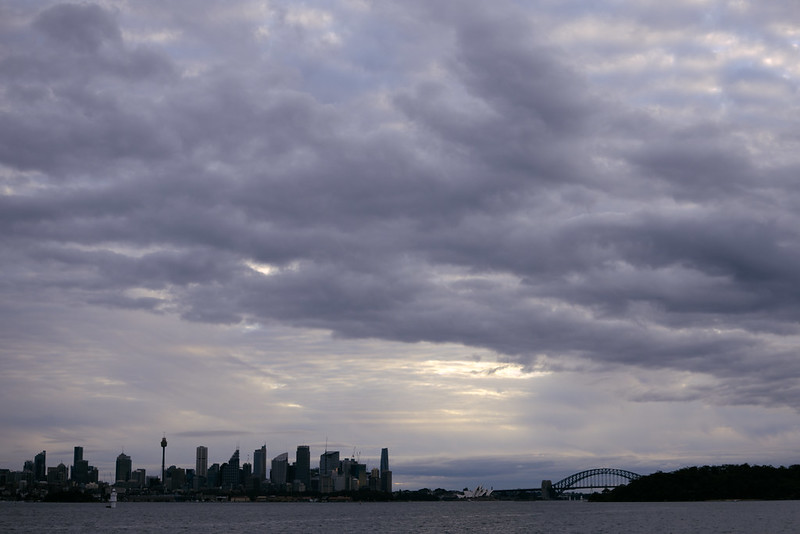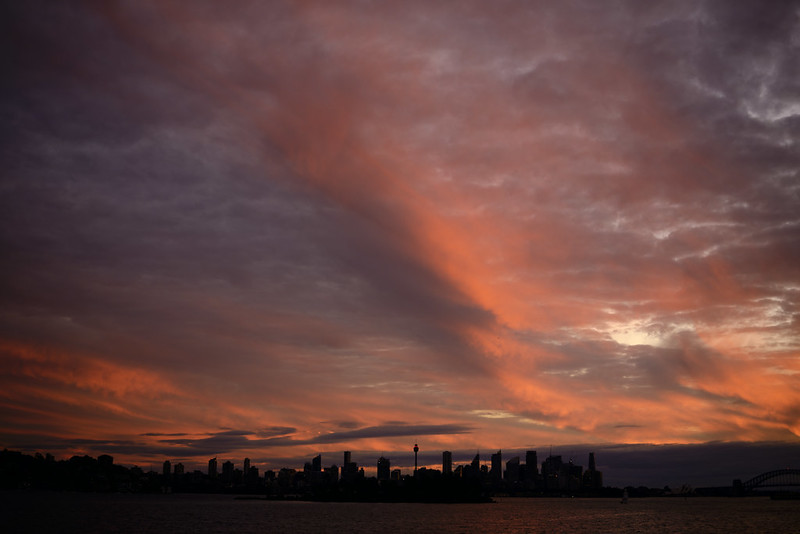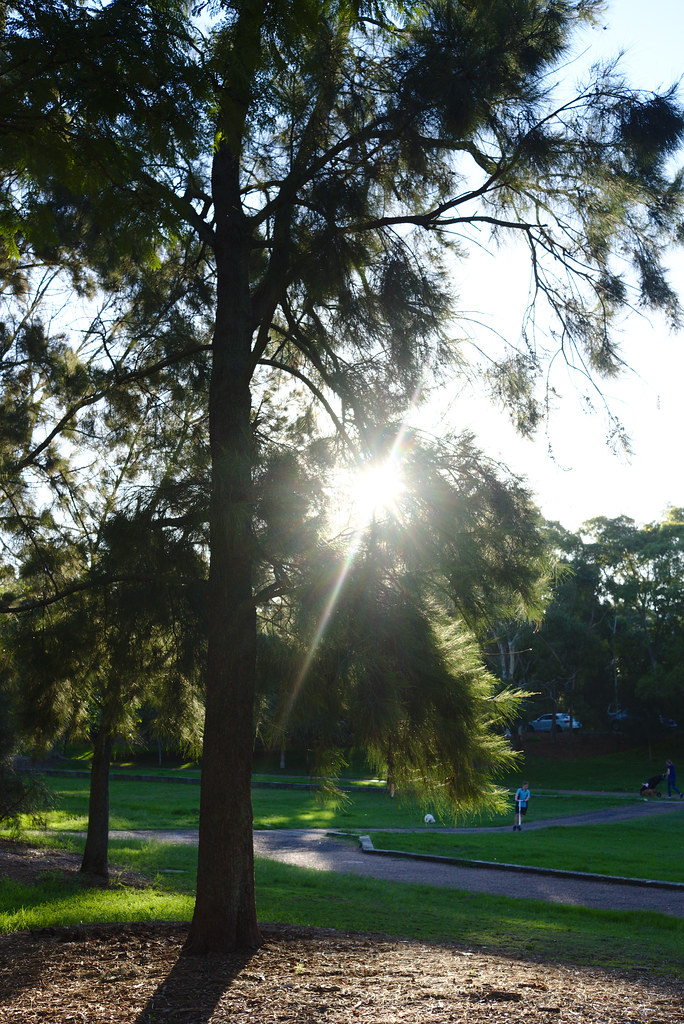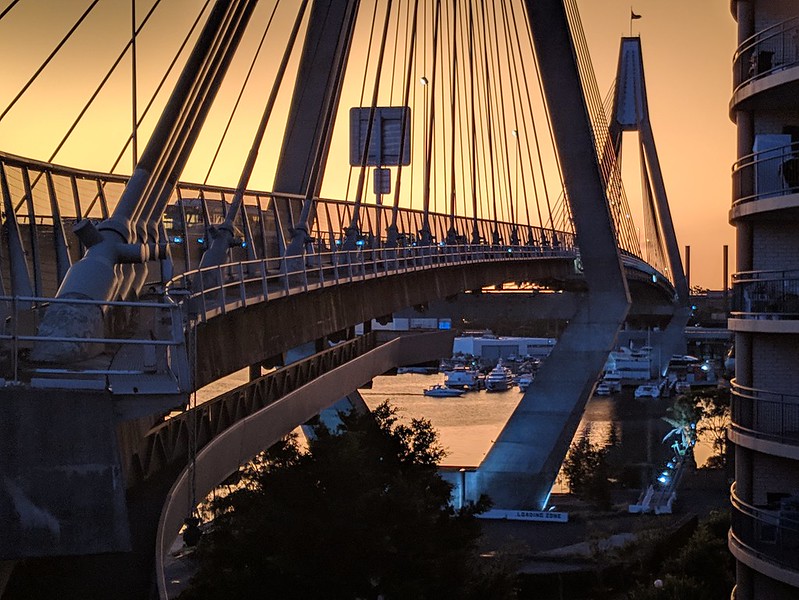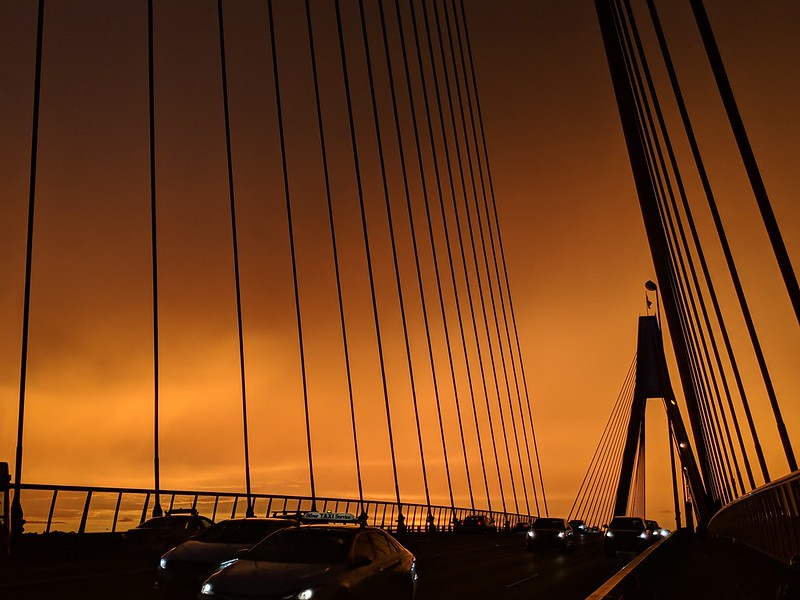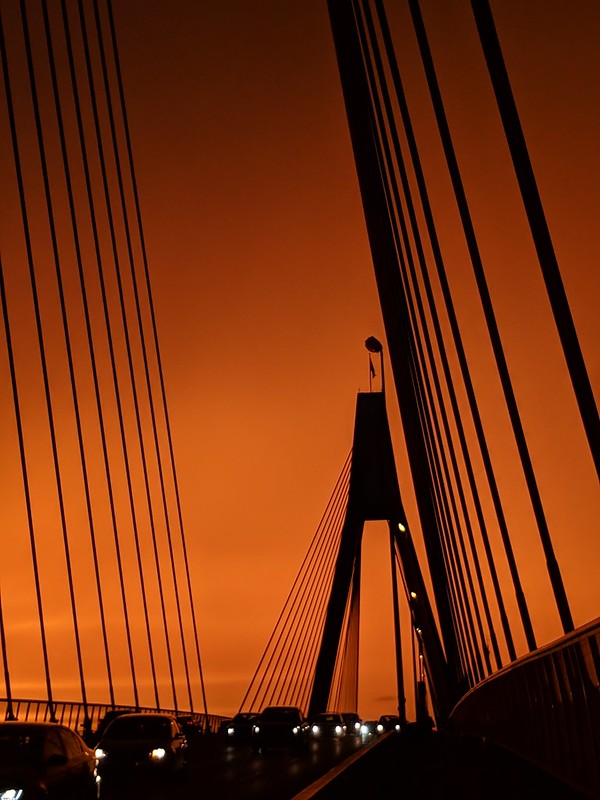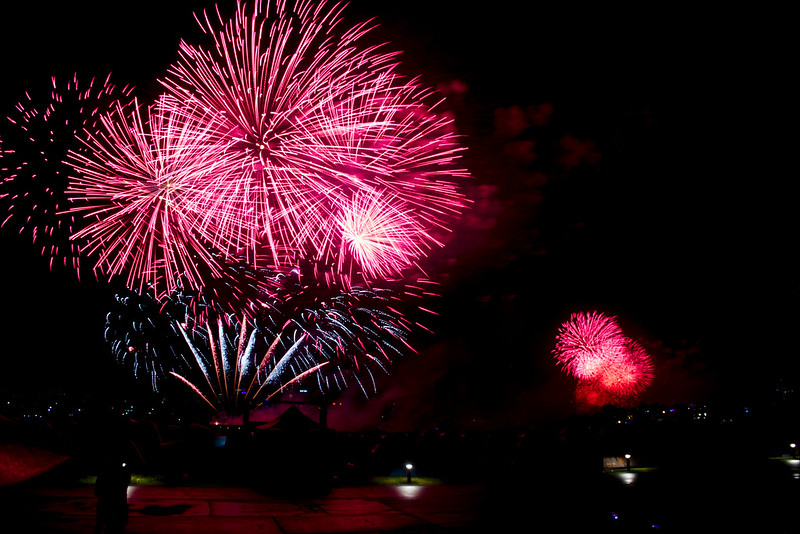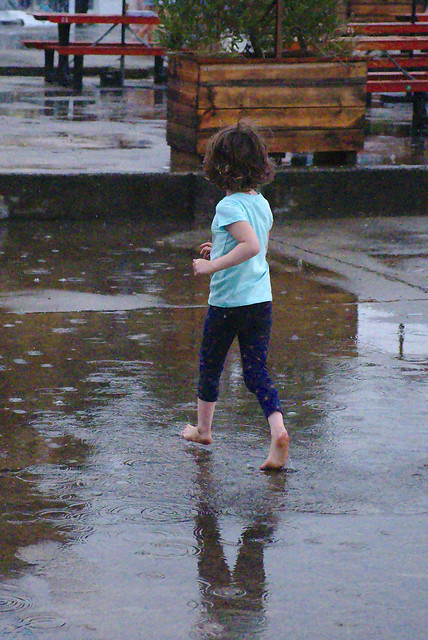March & April 2020
I was looking through my phone photo detritus from the time of the original closures (which were not as strict as the July to October 2021 ones, during which I mostly stuck to photographing sunsets rather than sign-of-the-times images).
Early on, this kind of sign was unusual enough that I photographed it especially:
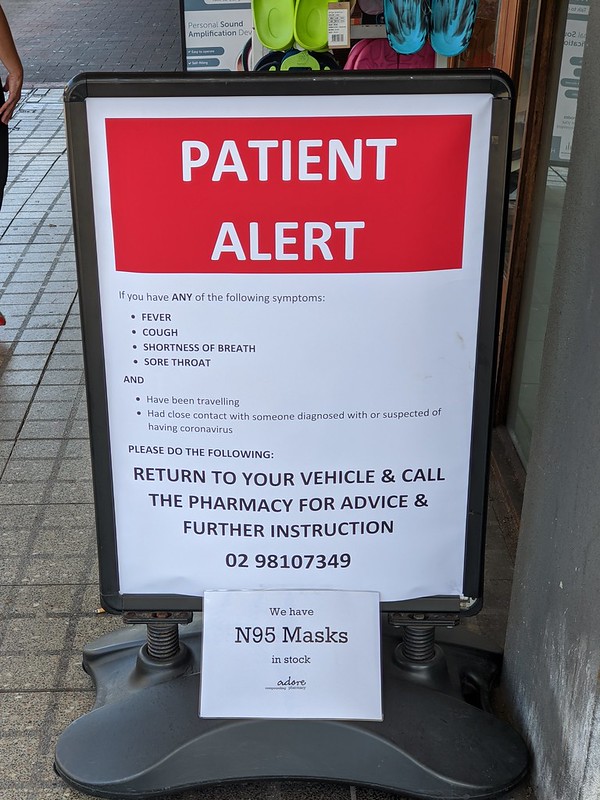
I never figured out if the placement of a hand hygiene sign next to a cheap will preparation sign was deliberate, and if so, intended to be funny, shocking, or just attention-getting:

Speaking of bleak, we played one game of Pandemic but it got awfully real with outbreaks in East Asia and Russia:


Our local Flight Centre was lookng forward to welcoming us back for several months. It closed permanently nearly a year ago now:

I’ve never been to a ANZAC Day dawn ceremony in my life, but I did happen to be awake at dawn, so went and stood in my yard as was the style at the time.
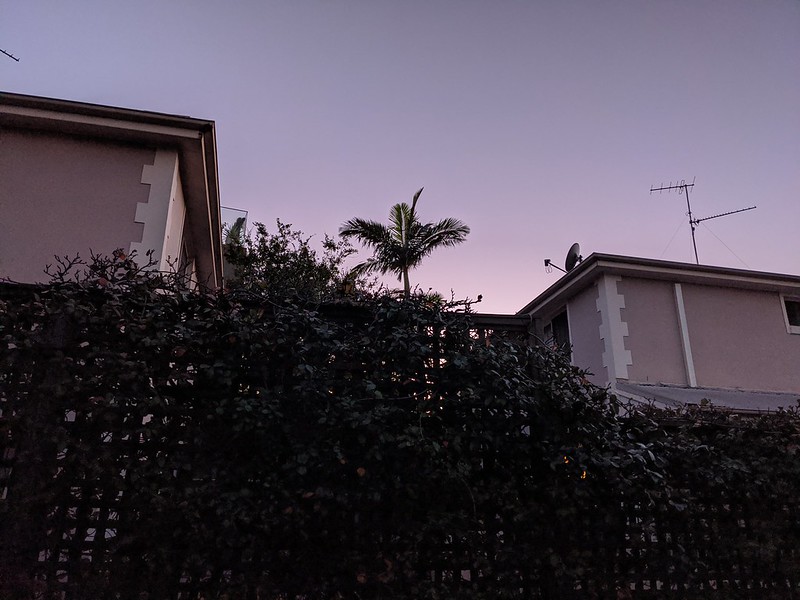

Someone somewhere was audibly playing The Last Post.

